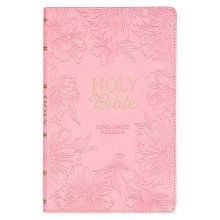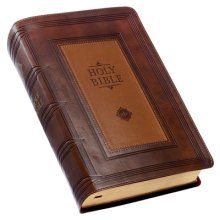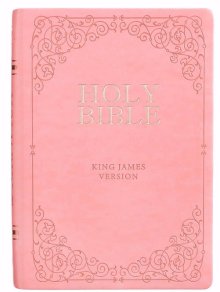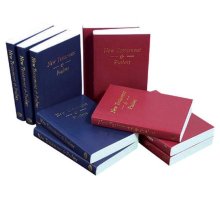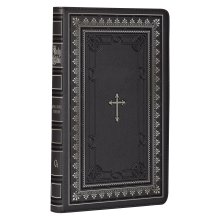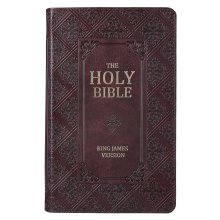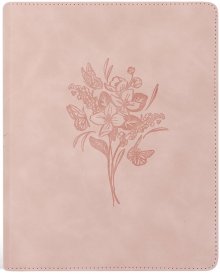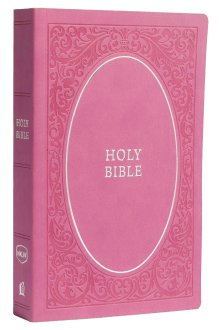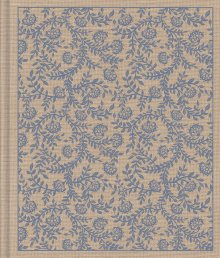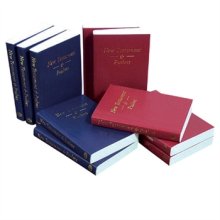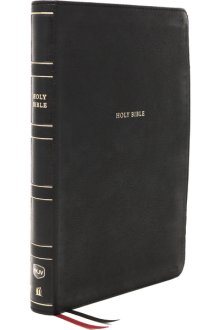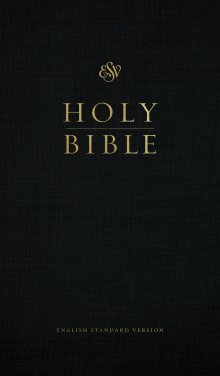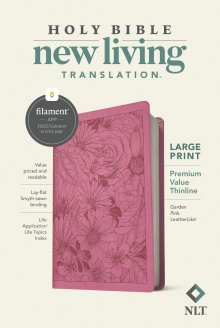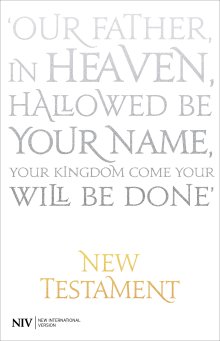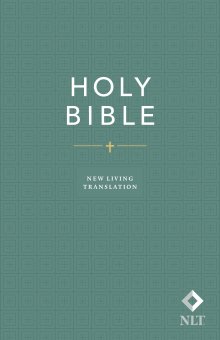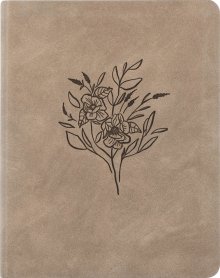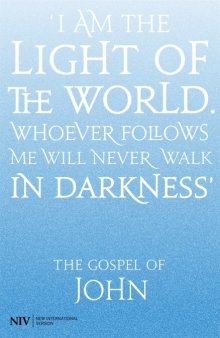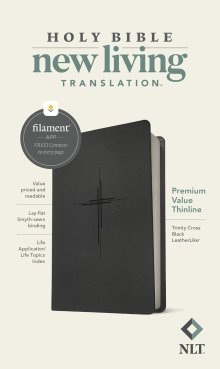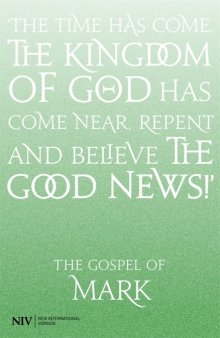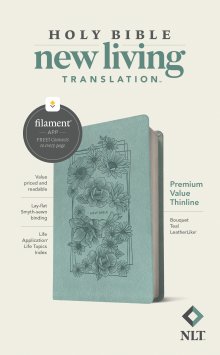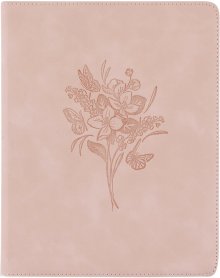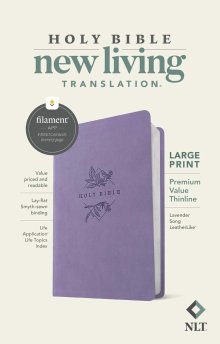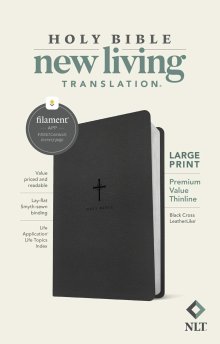Why Reading Multiple Bible Translations Will Deepen Your Faith
The Editor
For decades, a quiet debate has simmered in churches and small groups: which Bible translation is the "best"? We compare the modern balance of the NIV to the traditional poetry of the KJV. We weigh the scholarly precision of the ESV against the heartfelt readability of the NLT. This search for the "perfect" translation can become a source of anxiety, making us feel that if we don't choose the right one, we're somehow missing out.
But what if this is the wrong question entirely?
What if the key to a deeper, richer, and more nuanced understanding of Scripture isn't found in choosing one definitive translation, but in the practice of reading several? In our digital age, we have an unprecedented treasure at our fingertips: a wealth of scholarly work that allows us to see God's Word through multiple, complementary lenses. It’s time to move beyond the debate and discover why using multiple translations is one of the most powerful and underrated tools for deepening your faith.

Instead of searching for one "best" Bible translation, a deeper faith comes from using multiple versions as tools: a "word-for-word" version like the ESV for precision, a "thought-for-thought" version like the NLT for clarity, and a balanced version like the NIV for a familiar perspective.
A Paradigm Shift: From a Test to a Toolbox
We often treat choosing a translation like a test we have to pass. The truth is, every translation is a tool, and different tools are designed for different jobs. Imagine trying to build a piece of furniture with only a hammer. You could do it, but you'd miss the precision of a screwdriver or the strength of a wrench.
Reading the Bible is the same. By limiting yourself to a single translation, you may be missing the unique strengths that others have to offer.
The Scholar's Toolbox: Three Key Types of Translation
Think of the main translation philosophies as three essential tools in your study toolbox.
1. The Scholar's Wrench: 'Word-for-Word' Translations (ESV, NASB, KJV)
These translations prioritise literal, formal equivalence. Their goal is to match the original Hebrew and Greek words as closely as possible. They are your precision tools, perfect for deep study, for understanding the nuances of the original language, and for ensuring you are getting the most accurate text possible.
Our Top "Word-for-Word" Recommendation: ESV Study Bible
"I am delighted with the amount of material included in the study bible. It is a hefty tome, helpful for keep fit as well as spiritual study. I am particularly delighted in the balanced approach." ★★★★★
2. The Master Key: 'Balanced' Translations (NIV, CSB)
These translations are the versatile, all-purpose tools in your kit. They balance a commitment to accuracy with a focus on readability, making them perfect for almost any situation—personal reading, church use, or small group study. They are the trusted, familiar translations that lock everything together.

3. The Heart's Door: 'Thought-for-Thought' Translations (NLT, GNB)
These translations prioritise clarity and readability above all. Their goal is to convey the original meaning in warm, natural, everyday language. They are the tools that open the heart of the text, making it emotionally resonant and deeply personal. They are perfect for devotional reading or for seeing a familiar passage with fresh eyes.
Our Top "Thought-for-Thought" Recommendation: NLT Life Application Study Bible
★★★★★ "Thoroughly enjoying using this study Bible. It makes referencing and life application easier, and I love understanding the context of each book. I'd recommend."
How to Put This into Practice
The method is simple but profound.
- Choose your primary Bible. This is the one you read most often, perhaps a balanced version like the NIV or CSB.
- Get a study partner. Choose a Bible from a different translation philosophy. If your main Bible is an NIV, get a more literal ESV or a more readable NLT.
- Compare as you read. When you are reading a familiar passage or studying a difficult one, simply open your second Bible and read the same text. You will be amazed at the new light and fresh understanding that a different wording can bring.
Reading multiple translations isn't a sign of indecision. It's a sign of a hunger for a deeper, more robust, and more colourful understanding of God's Word. It’s a way to move beyond the arguments and into a richer conversation with the text itself.
Ready to build your toolbox? Our Bible Finder tool can help you find the perfect translations to complement your study.
Latest Blogs

Bibles
Why Reading Multiple Bible Translations Will Deepen Your Faith
Stuck in the Bible translation debate? Discover why reading multiple versions like the NIV, NLT, and ESV isn't confusing, but is the key to a deeper faith.

Christian Gift Guide: Christmas Gift Ideas For Four-Year Olds
We've taken the guesswork out of finding the perfect presents! Dive into our ultimate Christmas Gift Guide series, where we've handpicked the best Christian gifts especially for babies, toddlers, children and tweens.

Christian Gift Guide: Christmas Gift Ideas For Three-Year Olds
We've taken the guesswork out of finding the perfect presents! Dive into our ultimate Christmas Gift Guide series, where we've handpicked the best Christian gifts especially for babies, toddlers, children and tweens.

Christian Gift Guide: Christmas Gift Ideas For Two-Year Olds
We've taken the guesswork out of finding the perfect presents! Dive into our ultimate Christmas Gift Guide series, where we've handpicked the best Christian gifts especially for babies, toddlers, children and tweens.

Christian Gift Guide: Christmas Gift Ideas For One-Year Olds
We've taken the guesswork out of finding the perfect presents! Dive into our ultimate Christmas Gift Guide series, where we've handpicked the best Christian gifts especially for babies, toddlers, children and tweens.

Christian Gift Guide: Christmas Gift Ideas For Babies
We've taken the guesswork out of finding the perfect presents! Dive into our ultimate Christmas Gift Guide series, where we've handpicked the best Christian gifts especially for babies, toddlers, children and tweens.

